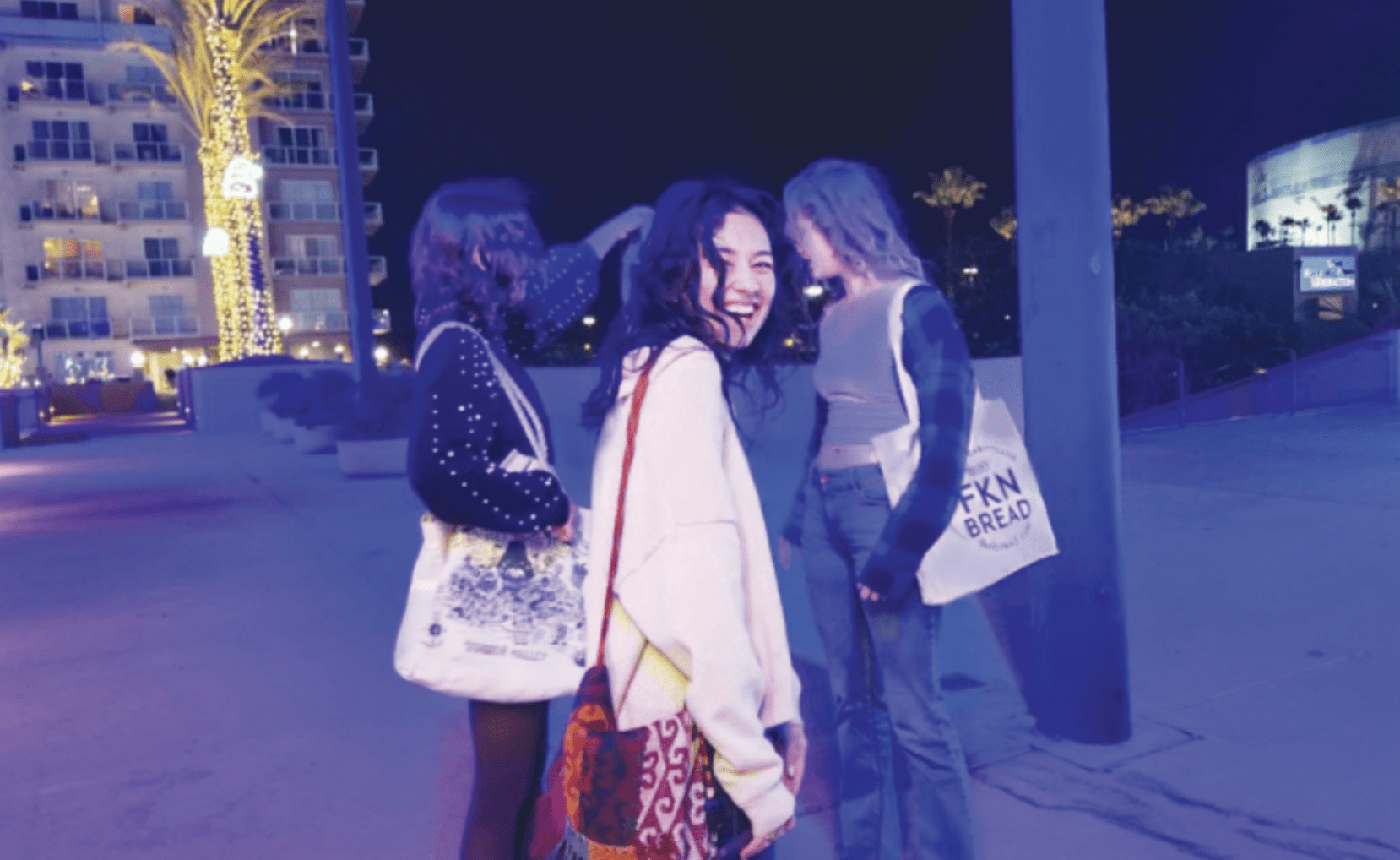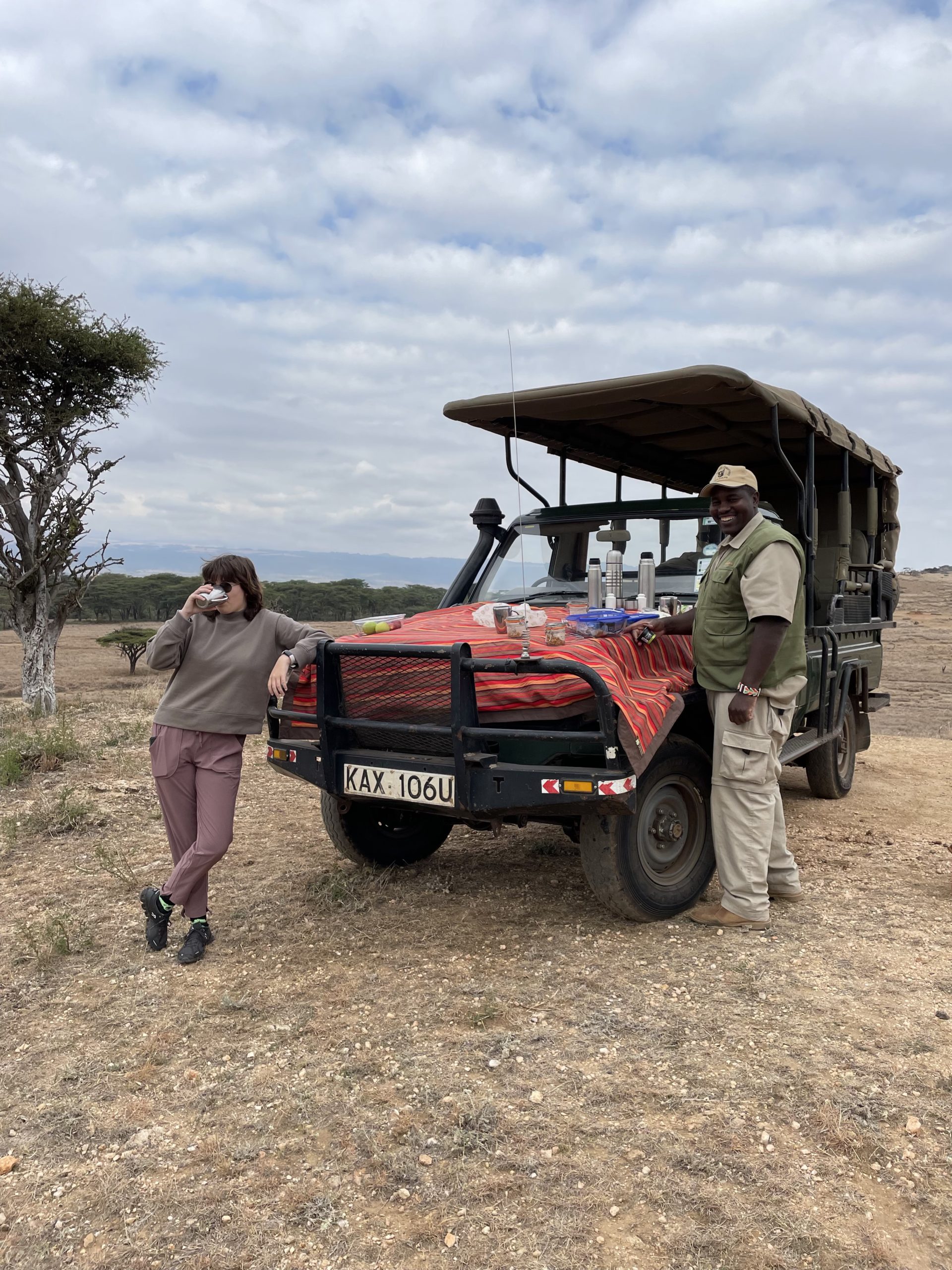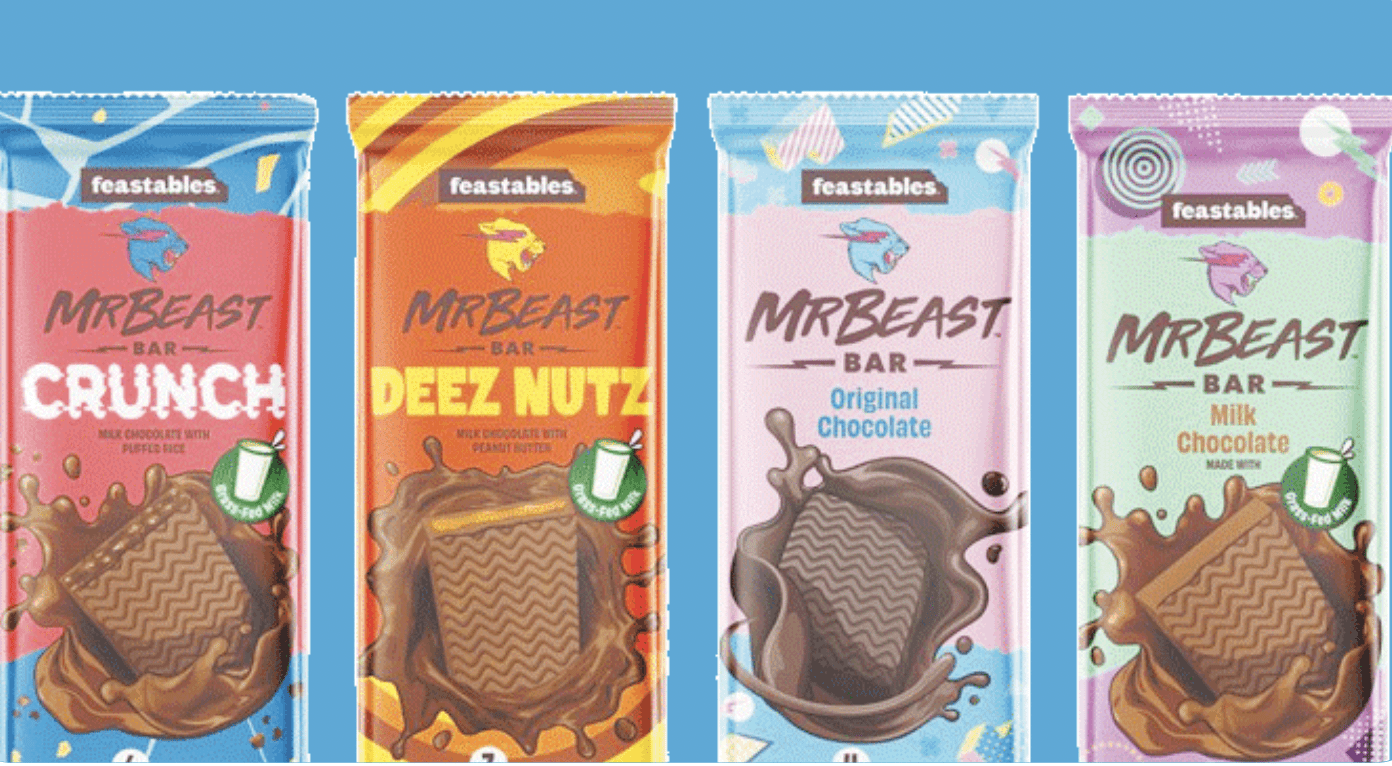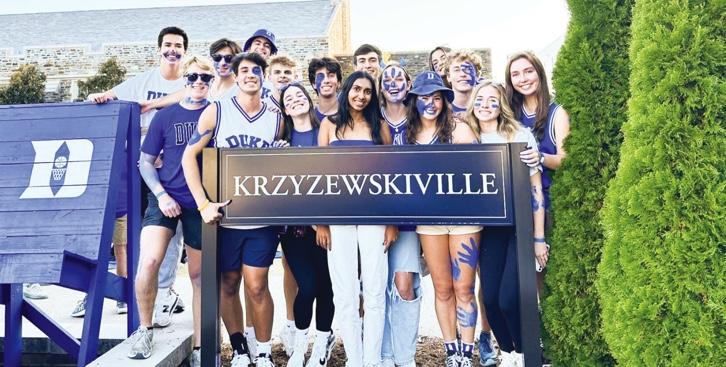‘Fast and forgiving’ digital art style doesn’t compare with physical feel of traditional art
Walk into art teacher Andy Cunningham’s classroom and you’ll find students working with graphite pencils, paintbrushes and even digital pens.
Students are able to experiment with all sorts of mediums, traditional and digital included.
Senior Meghan Kaschner makes digital collages.
Her love for digital art began when she was 8 years old, and once she bought her own iPad over a year ago, she rediscovered this art technique.
“It gives me the opportunity to make a piece quickly,” she said.
Kaschner prefers using Adobe Fresco.
“It gives you a lot more options, and it allows me to use tools that I haven’t learned how to use. For example, I haven’t learned how to use oil paint, though I can use the oil paint feature on my iPad, which is really cool,” she said.
Different types of watercolors, pens, markers, pencils, charcoal and so much more are available when doing art digitally. In addition to brushes, many layers can be inserted into one document, Kaschner said.
Art teacher Andy Cunningham describes digital art in two words: “fast and forgiving.”
“I think that digital art is a space for spontaneous creativity and just getting ideas out. For example, if I’m on a train, I’m just going to doodle on my iPad — I don’t want to dig out my pencil and paper.”
Sophomore Brynne Barnard-Bahn has been pursuing digital art since she was in fifth grade, and last summer, she created commissioned digital pieces.
She likes the versatility of the Procreate app, especially because she has access to every color and is able to mix them all conveniently and consistently. Barnard-Bahn said she’s less inclined to add coloring for a traditional piece when a color she wants isn’t there.
Her favorite part of drawing on her iPad is the undo feature, something which can’t be done as easily using traditional art supplies.
Junior Jesus Aispuro has tried digital art but prefers traditional art, specifically spray painting, which he has been doing since freshman year.
If he were to also do digital art, he said he would probably spend 70% of his time with traditional styles and 30% with digital styles.
He noted that artists working digitally can save space, carry art around easily and have the option to do whatever they want.
Aispuro said he “wouldn’t have to worry about being messy, wet or cleaning up if he did digital art.”
The set-up would also be easier than for spray painting, which is a lot of work.
“Before I even begin, I have to set up the board and put something behind it to make sure that the paint doesn’t go anywhere else.”
Cost is another factor for Aispuro. Buying a tablet and a digital pencil once is less expensive in the long run compared to constantly buying spray paint and boards, he said.
“I could never completely leave spray painting,” said Aispuro, who found inspiration frequently on buildings when he rode the train to school. He originally started spray painting because it was something unique that he hadn’t done before, but loves it because it shows his “freedom of expression.”
Digital and traditional art can be used together.
In the past, Cunningham has used digital mediums to help him with his traditional artwork. When he had an iPad, he would take pictures of his painting and draw on top of them to see how something might look. He said it was helpful to choose and change colors as well as plan out the rest of the piece.
Kaschner uses both mediums for her art as well.
“Digital art is helpful to get ideas out of your head, so I’m trying to use that to transition it into a more traditional, physical piece of art on a canvas,” she said.
“The physical feel of a canvas or tool is inspiring.”
But there’s just something about traditional art that some artists prefer.
Cunningham likes the “exciting and liberating” part of traditional art. He would rather spend time focusing on traditional art than learning a whole different medium.
Junior painter Angela McCurdy has been pursuing art seriously since middle school. She said high-end art has a more textured and a real look to it.
“I feel like my art experience revolves more around me physically and emotionally creating something. I like to cut out things and kind of just throw everything together.”
Although digital art is Barnard-Bahn’s main medium, she feels more comfortable with traditional art — her favorite medium is graphite pencil.
“I’m comfortable with shading and how hard I press the pencil against the paper. That feeling is hard to explain,” she said. “With my iPad, there’s pressure — still, it’s different.”
Although traditional artwork requires more patience, the final result is more gratifying, Kaschner said. She enjoys and has spent the most time doing traditional art, specifically painting. She’s been painting for as long as you can remember.
“I really do love the tactileness of traditional art and actually being able to feel the paint,” she said.
“You’re just using your hands, you’re not thinking too much, and if you do it well, it’s a really big reward at the end, even more rewarding than doing a digital piece because you know that you’ve literally used your hands to make that.”
Ultimately, the skills used to create digital art and traditional art are related, Cunningham said.
“You can do amazing things with digital art,” he said. “The people who are best at digital art are people who are also pretty darn good at traditional art.”
— By Sanjana Anand
Originally published in the March. 9 edition of the Octagon.






